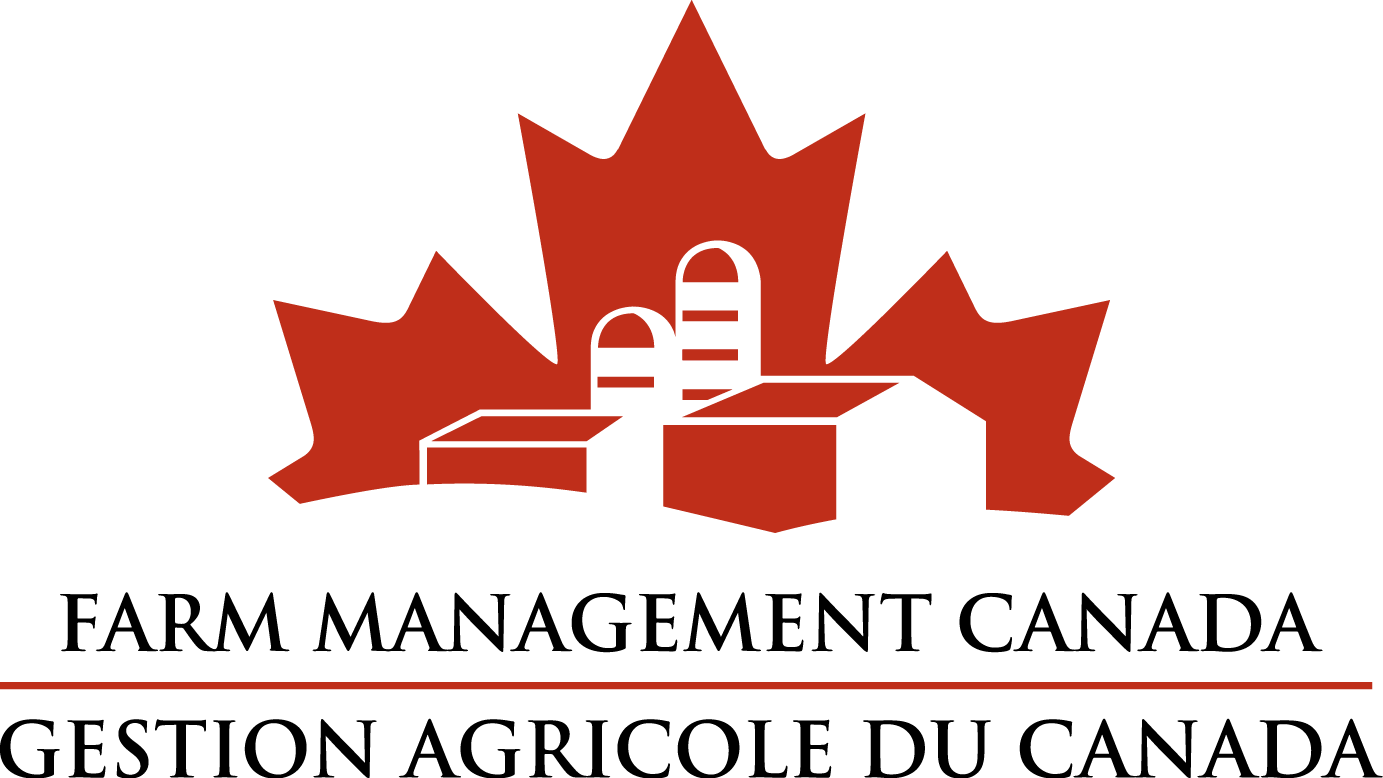 You know your farm like the back of your hand; but the same can’t be said for many of your workers, especially if they are young, new, or returning after a time away. And that can put them at risk of injury. So how do you convey details like hazards on the farm to them in a comprehensive and consistent way? An orientation program can help.
You know your farm like the back of your hand; but the same can’t be said for many of your workers, especially if they are young, new, or returning after a time away. And that can put them at risk of injury. So how do you convey details like hazards on the farm to them in a comprehensive and consistent way? An orientation program can help.
Start with the basics. Review harassment and working alone policies, basic safety rules, and restrictions on smoking, drug and alcohol use. Go over standard operating procedures and other farm-specific practices and procedures such as livestock handling, farm vehicle usage, equipment servicing and safe zones where children or pedestrians may be present.
Share specific hazards associated with your farm operation. Let workers know how they will learn about safety issues and how they can bring concerns to management. How often will safety meetings be held? Who will conduct inspections? How are incidents handled and reported? Clarify who should be notified for each specific situation.
Go over PPE requirements and expectations and provide training on their proper use, care and maintenance. Do you require safe footwear, respiratory, hearing, or other forms of protection to be worn? And share your emergency contacts, locations of emergency equipment such as first aid kits, extinguishers, eye wash stations, muster points, rescue plans and emergency responsibilities with all new workers. Emergency response protocols should be a critical component of your orientation program.
When it comes to orientation, young workers (16 to 18 year olds) need the most support.They tend to generalize their skills from one task to another, feel they are immortal and “can’t be hurt,” and believe they possess the size and strength to overcome any problem. Don’t take their word for it. Make sure to train, supervise and coach them in a way that matches them with suitable job tasks.
New workers need a different approach, with a focus on on-the-job training. Don’t assume that they will know how to do something on your farm, even if they have performed a similar task at another operation. Every farm is different, so review all relevant points with new workers while they are actually doing a specific job task. Then evaluate their capability to perform the work according to your expectations. Once workers have proven that they can perform the job competently and safely, “sign off” on their performance. Then keep up supervision to confirm that they continue to perform the job tasks correctly and safely.
Returning workers need time to review and re-familiarize themselves with your operation. Every year we spend our summers enjoying relatively safe driving conditions. When the first winter storm of the season hits, we scramble to recall how to drive safely. The same scenario applies to workers returning to the workplace after an extended period away Revisit core training requirements with them to refresh their memory and renew their skills.
When workers are new, young, or returning after a prolonged absence, it is very important to exercise due diligence and ensure they are aware of your policies and procedures, know what to do in an emergency, understand how to identify and report hazards, and are comfortable performing their job tasks safely. With a little bit of extra time for review and retraining, you can help keep your workers safe and productive.
For more information on orienting young, new or returning farm workers, visit www.agsafetyweek.ca/producer-tools and browse through over 20 free resources designed to help producers make their farms safer. This article was produced in support of the Canadian Agricultural Safety Week 2014 Let’s Talk About It! campaign, which encourages farmers to engage in conversations about safety. CASW is brought to you by the Canadian Agricultural Safety Association and the Canadian Federation of Agriculture, with support from the Government of Canada through Growing Forward 2, long-time corporate sponsor Farm Credit Canada, Ag for Life, Alberta Agriculture and Rural Development, CHS, Imperial Oil and Pioneer Hi-Bred Limited.
